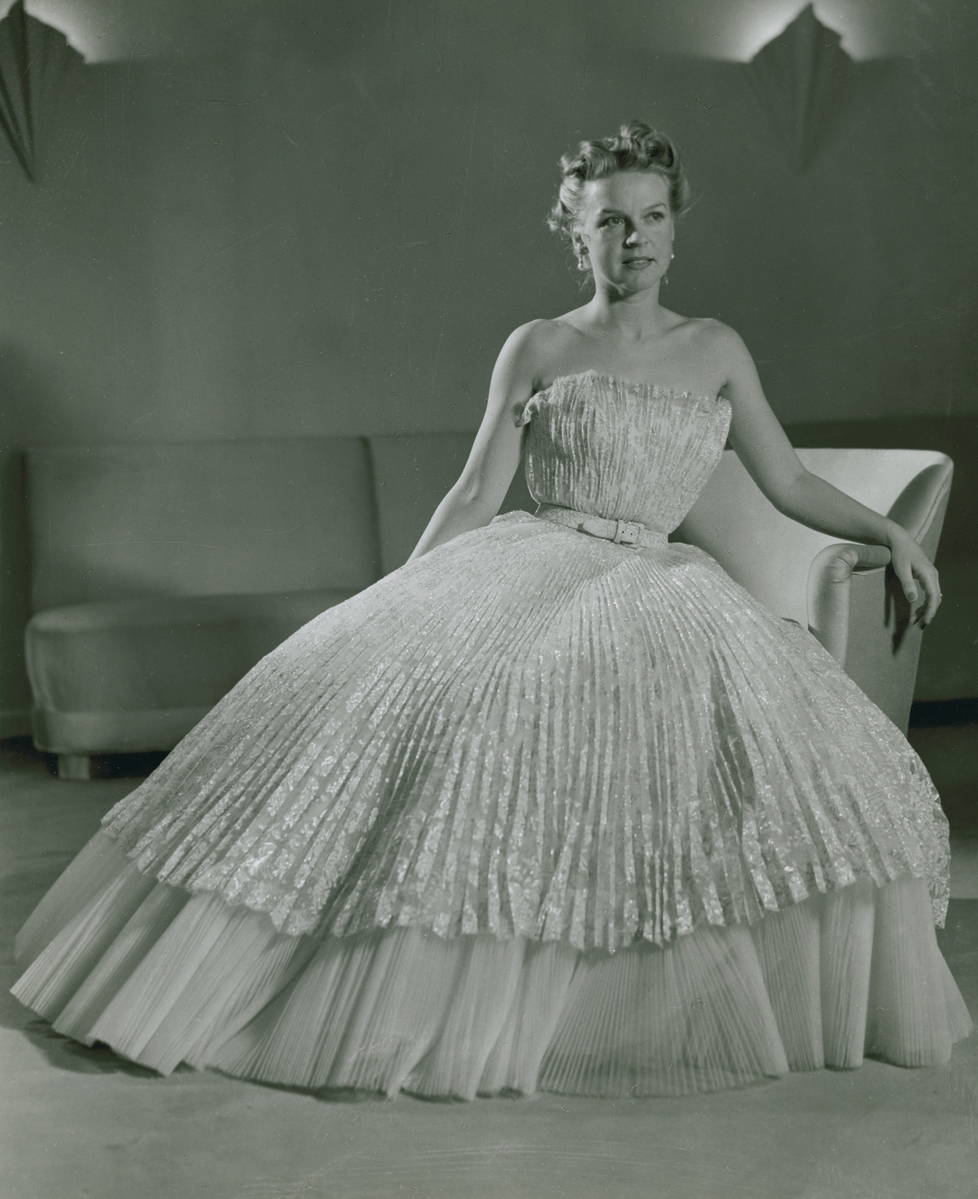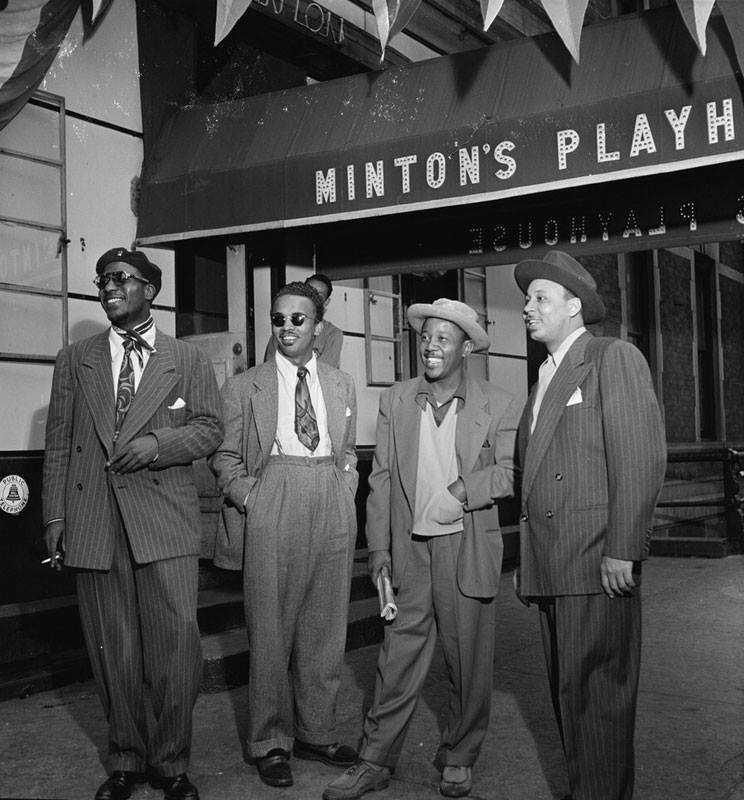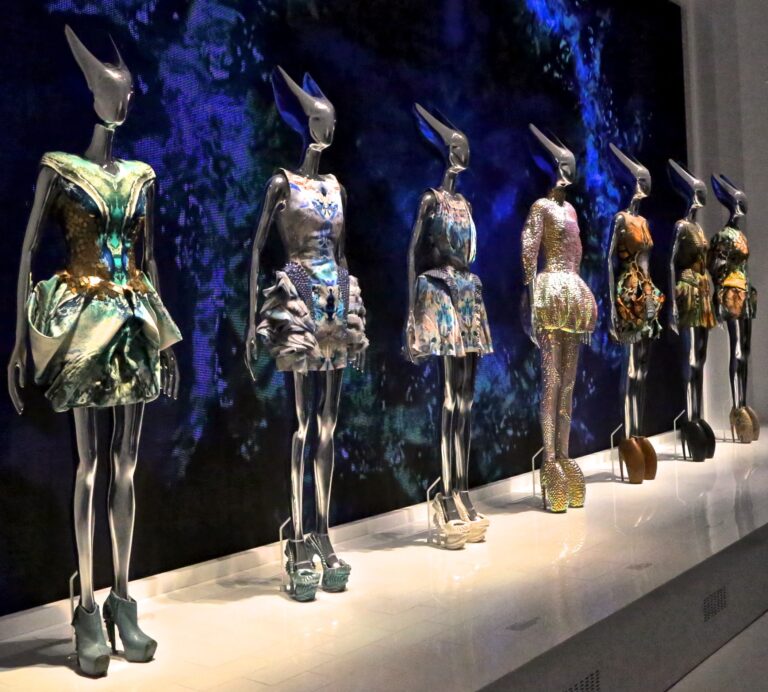In postwar Paris, on December 16, 1946, a then-unknown couturier, Christian Dior, opened his fashion house. He was already 42 years old at the time. Dior brought with him a wealth of experience: he had worked as an illustrator and designer for renowned Parisian masters like Robert Piguet and Lucien Lelong. Alongside the latter, he collaborated with Pierre Balmain—his colleague and the future founder of his own fashion house, which thrives to this day.
Almost a year later, on February 12, 1947, Christian Dior unveiled his creations to the world for the first time. His debut haute couture spring-summer 1947 collection bore two names: Corolle (French for “corolla,” evoking the petals of a flower) and En 8 (“figure eight”), alluding to the graceful curves of the feminine silhouette. These names were no coincidence: Dior sought to highlight the delicacy and femininity of his designs. Dresses with cinched waists, voluminous skirts, and an emphasis on the bust became a true hymn to femininity. Among the collection’s standout pieces was the Bar suit—a tailored jacket with a peplum that accentuated the waist and hips, paired with a full skirt.
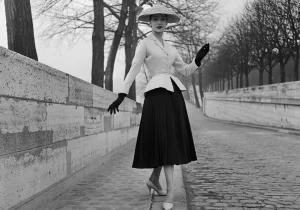
The Bar jacket from Dior’s first collection, 1947
The public’s reaction was mixed. Some criticized Dior for extravagance—one dress could require up to 20 meters of fabric, an astonishing amount in the postwar years. Others, including Gabrielle Chanel herself, were displeased that the couturier was ushering women back to the era of corsets. Yet success spoke for itself. The collection captivated the world, and a defining moment came with a remark by Carmel Snow, editor of Harper’s Bazaar. After the show, she exclaimed, “My dear Christian, your dresses have such a New Look!” The phrase “New Look” resonated, and soon it became a global phenomenon, sweeping not only France but the entire world.
Why did the New Look collection become so extraordinary? To understand this, we must return to the era of World War II. In those grim years, French women worked alongside men, forgetting about luxury and celebrations. Fabric was so scarce that even simple clothing was rationed—every button was saved. Then, in 1947, Christian Dior breathed new life into Paris. His dresses restored a sense of romance and tenderness to women, like a blooming flower. People, weary from hardship, yearned for festivity, dreams, and fairy tales. This is the eternal rhythm of fashion: minimalism gives way to maximalism, and the cycle repeats.
The New Look didn’t just set the tone for the next decade—it became a legend, reinterpreted not only by the creative directors of the House of Dior, such as Yves Saint-Laurent, John Galliano, and today’s Maria Grazia Chiuri, but also by designers around the world.
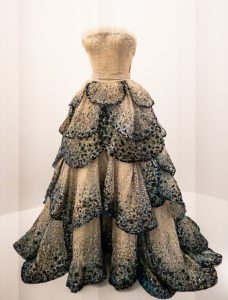
A New Look-style dress by Christian Dior, 1949
Photo by Aleksandr Dyskin / Shutterstock.com
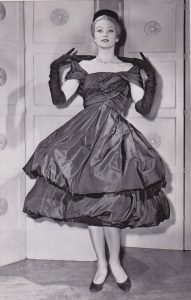
An interpretation of a New Look-style dress by Yves Saint-Laurent, 1959
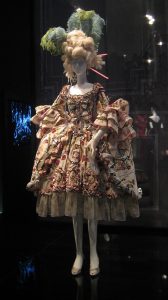
A New Look-style dress à la Marie Antoinette by John Galliano, 2000
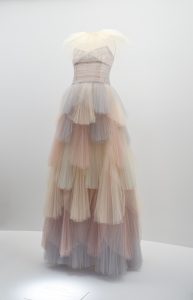
A New Look-style dress by the current creative director Maria Grazia Chiuri, 2017 (inspired by Christian Dior’s 1949 dress)
